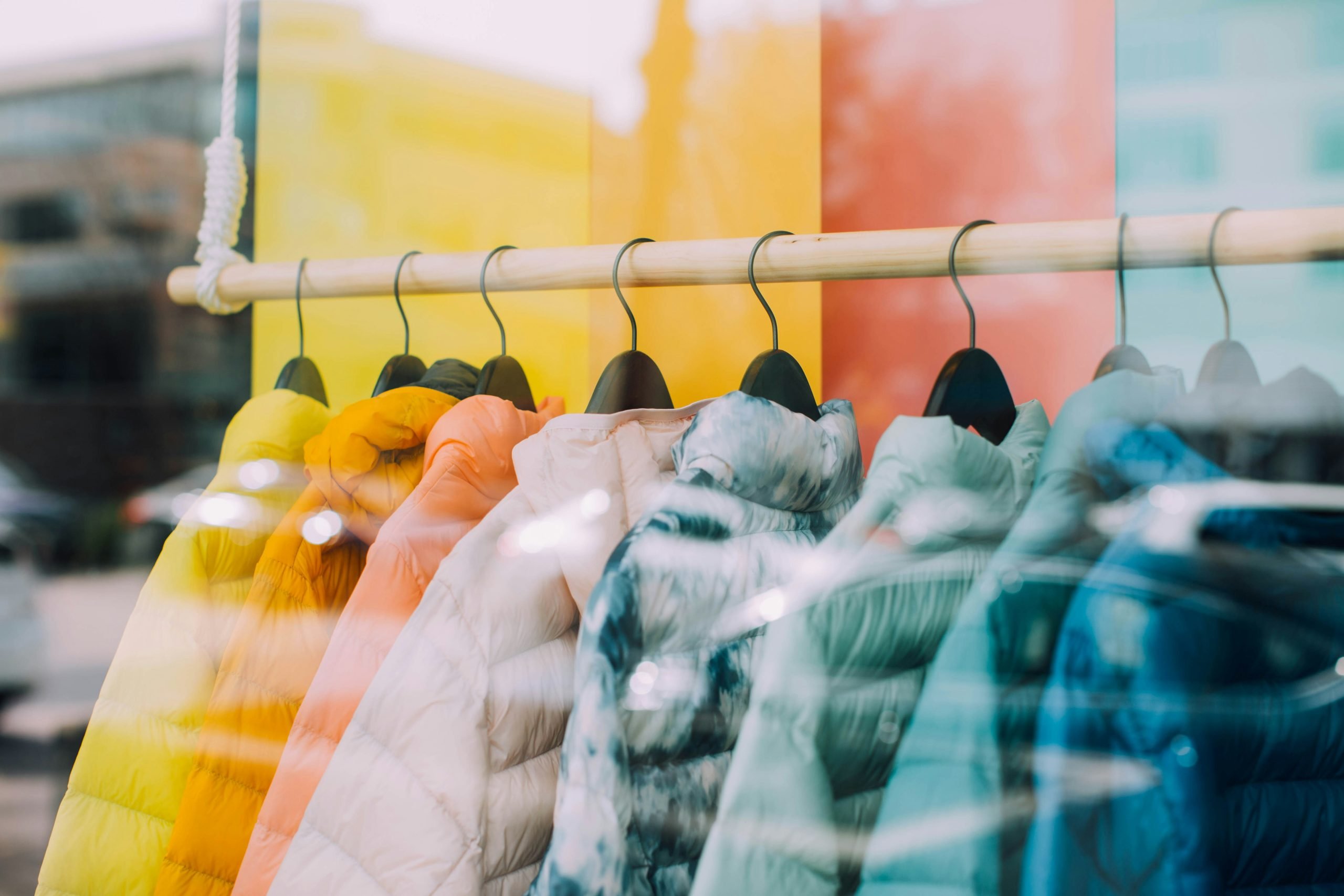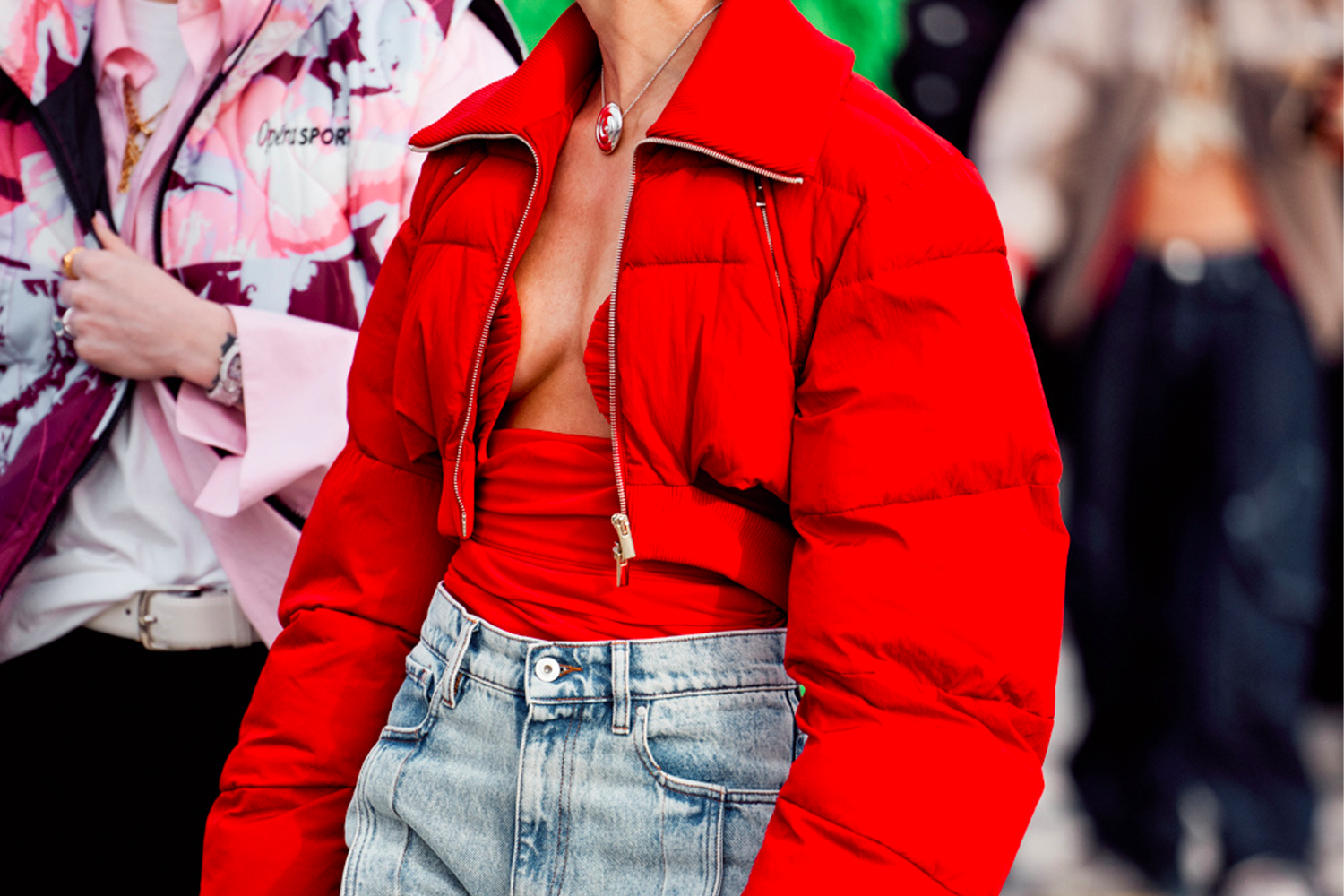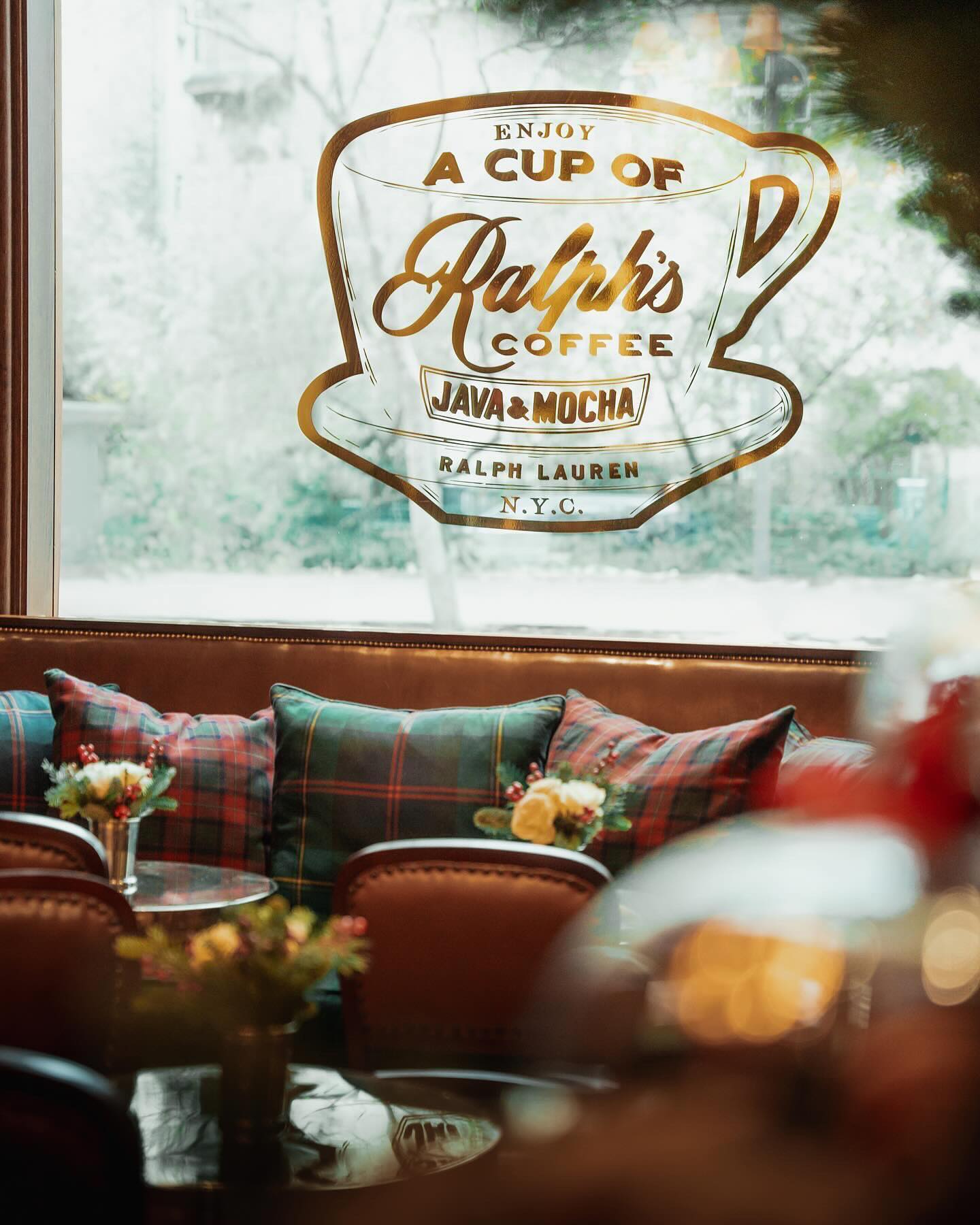
The Challenges of French Ready-to-Wear Brands
This publication is also available in: Français
English (UK)
Deutsch
Italiano
Español
French ready-to-wear brands are in turmoil. Some have already closed their doors, while others are waiting for a buyer or are in judicial liquidation.
Over 4,000 textile employees have reportedly lost their jobs in France over the past twelve months, and if the situation does not improve, other iconic brands in the French landscape will face 2024/2025 with uncertainty. Worse, “the clothing sector is declining, dropping from 28.7 to 26 billion euros, according to the IFM.”
How can we explain this difficult situation affecting the French textile world? Will the iconic brands be able to survive?
Which brands are affected?
Hang on, because the list is unfortunately very long. Let’s start with those that have already closed their doors: San Marina, Camaïeu -acquired by the Célio group- Pimkie, Cop.copine, and André.
Kookaï, Go Sport, and Gap are under judicial recovery. The latest to join the list is the company Naf-Naf, which is seeking a buyer.
These brands, which sank in 2022, were already suffering from competition, but inflation, which forced the French to economize on non-essential purchases, along with the COVID crisis that had a huge impact on stores, accelerated their downfall.
French ready-to-wear brands that have managed to adapt
Kiabi. Why? Because its positioning is clear. Okay, we are far from luxury, but Kiabi’s mission is precisely to dress the whole family fashionably and at low prices. It’s straightforward, and it works. Their positioning is also visible on their Instagram account, which features families and radiates good vibes.
Some brands positioned as affordable luxury, like Rouje, Balzac, or AMI, offer quality clothing with a degree of transparency regarding production, favoring European or French manufacturing, and additionally excel in communication on social media.
French ready-to-wear brands at risk of closing in 2024
If 2022 and 2023 were dark years for French ready-to-wear brands, 2024 looks equally challenging. Brands like IKKS, Princesse Tam Tam, Comptoir des Cotonniers, Jennyfer, and even the iconic Galeries Lafayette are in jeopardy. Yes, that’s a lot!
To bounce back, some are offering discounts of 30% to 50% in hopes of attracting new customers. Let’s hope this strategy brings some hope.
The competition from fast fashion and second-hand
Fast fashion and second-hand may be on opposite ends, but they are both exacerbating the difficulties faced by mid-range brands.
Ultra fast fashion like Shein, Cider, or Temu has clearly taken a significant market share (Let’s remember that Shein made a net profit of over 2 billion euros in 2023).
The second-hand market has skyrocketed, thanks in part to ecological awareness and a desire to buy better-quality clothing.
Applications like Vinted, Vestiaire Collective, Depop have become real economic players, and the French, especially the youth, love hunting for unique second-hand pieces.
Why are they going bankrupt?
There are, of course, several reasons that can explain this decline affecting French ready-to-wear brands.
Chains like Jennyfer, Camaïeu, and André, which experienced their glory days in the early 2000s, failed to anticipate new consumer behaviors and the competitive landscape that has expanded in recent years.
The digital shift
Camaïeu, for example, just took the Instagram leap in 2023… a bit late compared to consumer expectations. Even though part of its clientele prefers shopping in stores.
Camaïeu, under the impetus of its acquisition by Célio, is doing everything to modernize and capture a new target audience; remember, the brand collaborated with influencer Léna Situation for its recruitment campaign.
While luxury, in general, is thriving, some brands like Sonia Rykiel or Lanvin are also struggling because they have difficulty appealing to the new generation. The issue lies in a lack of modern visual appeal and engagement on social media.
The lack of identity among French ready-to-wear brands
The lack of identity among these mid-range brands is one of the factors behind their decline.
French mid-range ready-to-wear brands are indeed part of our daily lives, but most of the pieces are made in China or Bangladesh, thus lacking European quality and environmental transparency.
Competition from other brands
There have been Zara (Spanish), H&M (Swedish), and now ultra fast fashion has arrived. Very low-end but very affordable, Shein, Temu, and Cider have convinced a young clientele that wants to shop regularly. Clearly, the quality of Shein and its counterparts is very poor, and worse, it can be toxic! (According to Greenpeace Germany, seven of the 47 tested textile products from Shein contain chemicals at levels exceeding those permitted in Europe).
Other sites like Zalando, with clear communication, quickly established themselves a few years ago.
How can they recover?
Is it still time to save our French ready-to-wear brands? Perhaps, depending on the economic situation of the brands and many other factors that are constantly fluctuating.
Like Camaïeu, one of the solutions could be to engage an influencer and revamp its visual identity along with its communication, develop the second-hand market through the acquisition of old clothing, or collaborate with another brand.
We hope that buyers will come forward and continue to sustain these brands that generate thousands of jobs in France.



